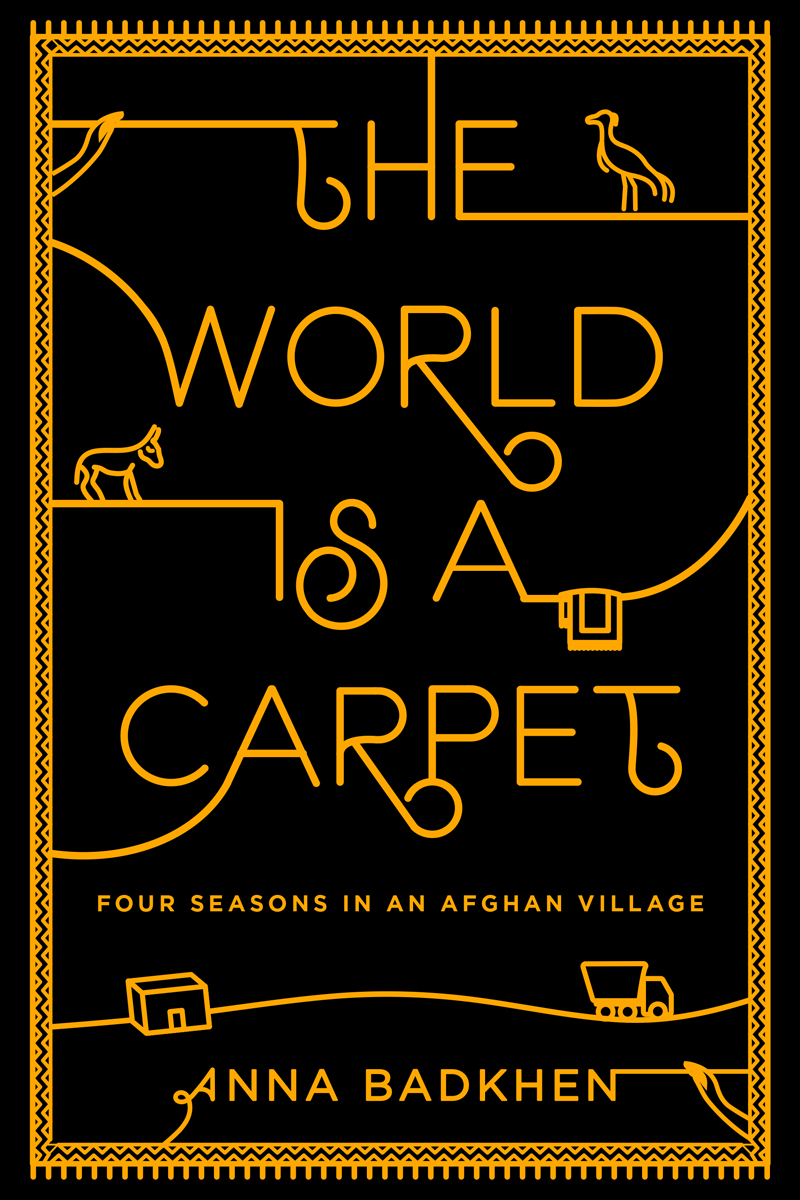
The World Is a Carpet
Four Seasons in an Afghan Village
کتاب های مرتبط
- اطلاعات
- نقد و بررسی
- دیدگاه کاربران
نقد و بررسی

Starred review from June 17, 2013
The trials and tribulations desperately poor Oqa, a hamlet in northern Afghanistan so remote that regional officials don't even know it exists, comes to life through the story of Thawra, a carpet weaver, and her family. Badkhen, a Russian-born war correspondent, charts the woman's work over a year of weddings, childbirth, Ramadan, and winter snowstorms. Amid the tedium and grinding povertyâmade bearable by opium for the young and old alikeâthe local Turkoman women have over the centuries earned the distinction of producing some of the finest carpets in the world. It's an existence that Westerners can scarcely comprehend, Thawra's family surviving on less than a dollar a day, earned for an exquisite piece of craftsmanship that will command thousands in the US. Badkhen gains astonishing access to male-only gatherings, earning their lasting respect, and ably documents the infinitesimal though significant influence that Thawra has as breadwinner in this patriarchal society. More travelogue than reportage, her prose is rich and unhurried, evoking the harshness of the desolate landscape. Oqa's isolation means Osama bin Laden may be unknown, but the Taliban is not; their presence an inescapable fact of life, one that propels Badkhen's story to a simple yet chilling dénouement.

April 1, 2013
A fearless author regards the Afghanis on their own terms. In a Balkh village in northern Afghanistan that could not be found on the map, where the illiterate Turkoman women fashioned the most exquisite rugs in the world, Philadelphia-based journalist Badkhen (Peace Meals: Candy-Wrapped Kalashnikovs and Other War Stories, 2010, etc.) spent a year chronicling the hard lives of the inhabitant survivors. Her account of one family in Oqa, a dusty village miles from the city of Mazar-e-Sharif, is enormously detailed and moving--though mired, however, in frequently purple prose that clots her narrative rather than clarifies. The people of this ancient land hailed from nomadic ancestors, becoming mostly scavengers of calligonum (a plant) rather than farmers: from patriarch Baba Nazar to his son Amanullah, who yearned to travel and was not allowed to keep the family money due to his profligate ways, to his hardworking wife, Thawra, who squatted over the loom for months to create the gorgeous carpet that would fetch the family's sole livelihood of a couple hundred dollars (later sold by dealers for thousands to the Westerners), to the famished children who were often afflicted with the "black cough" and addicted to opium from infancy. Rains were rare, trees nonexistent, and there was no longer even a mullah in the village mosque. Yet these timeless clans who had endured the traversing armies of Alexander the Great and Tamerlane, the British and the Soviets, the Taliban and the Americans, continued to adhere to ancient rituals such as buying skeins of yarn in the bazaar, celebrating the weddings of their daughters and observing the fast of Ramadan. A dense, intimate portrayal of an ancient people, peppered with the author's own charming sketches.
COPYRIGHT(2013) Kirkus Reviews, ALL RIGHTS RESERVED.

Starred review from June 1, 2013
Journalist Badkhen traveled to the northern Afghan village of Oqa ( so remote that Google can't find it ) and immersed herself in the villagers' lives over four seasons as she watched Turkoman women weave one of their legendary rugs. In the sparest of language, she tells a heartbreakingly familiar story: the village is suffering its second year of drought; hunger is common; addiction to opium, used to mask hunger pangs, begins at birth; and war is simply another day of life. The carpet is a work of art, the family's financial salvation, and the hallmark of a woman's value. Badkhen tracks the carpet's travels around the world to a place the people of Oqa can scarcely imagine, noting the history of the lands it crosses and the conflicts that have always raged. Badkhen makes friends and shares their stories, drawing readers into this small village where the dream of wealth is hope for a life without suffering. The irony is that, as their carpets garner great sums, money never reaches the place where they are created or those who need the money so desperately. A beautifully written book of eternal heartbreak.(Reprinted with permission of Booklist, copyright 2013, American Library Association.)

























دیدگاه کاربران